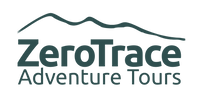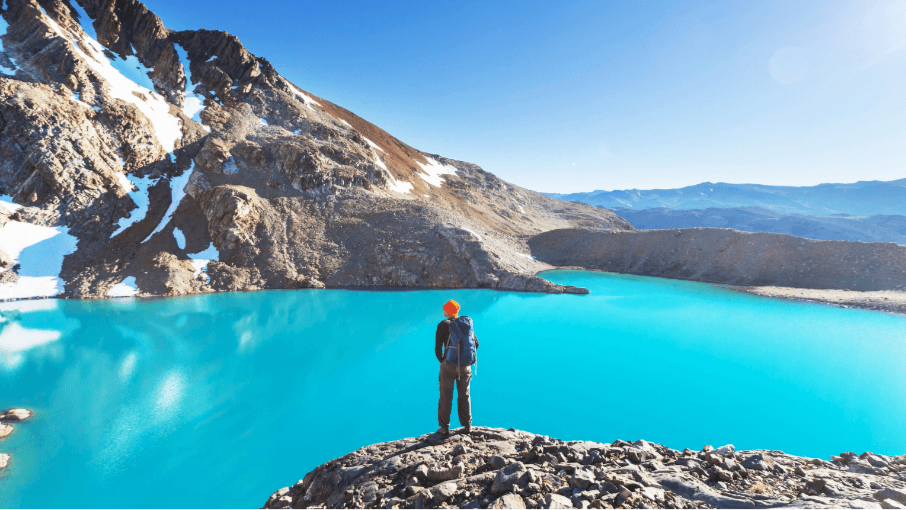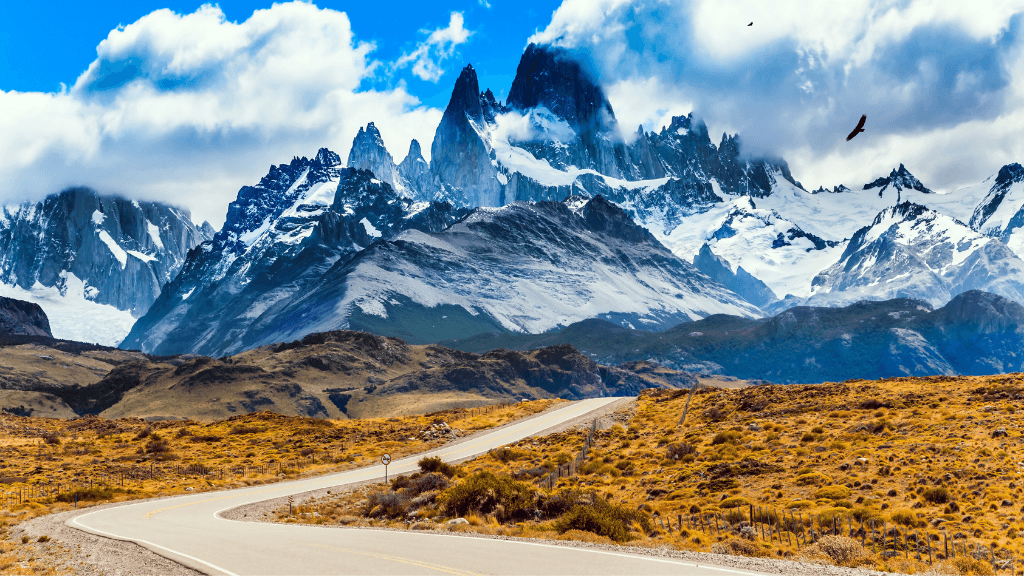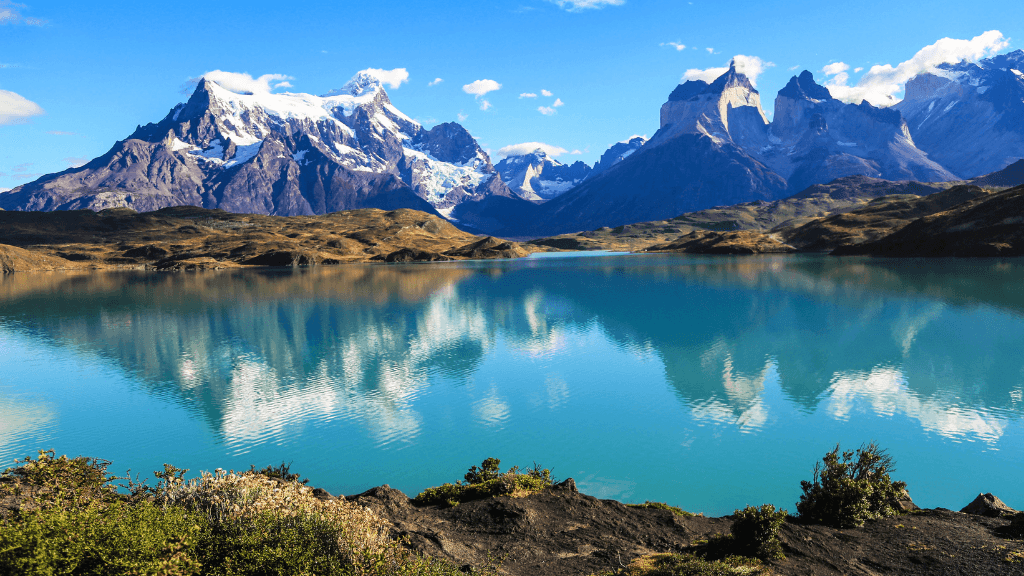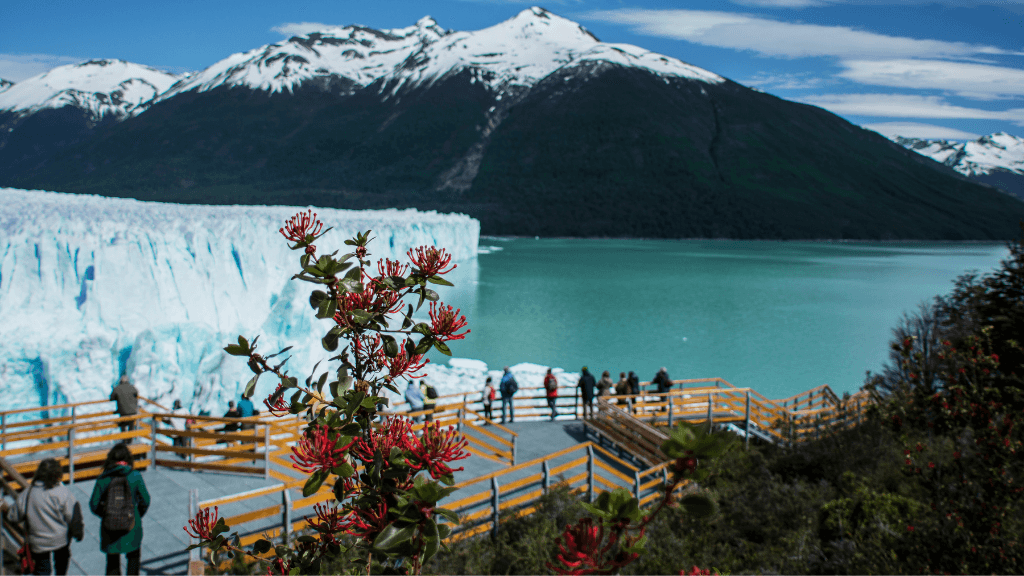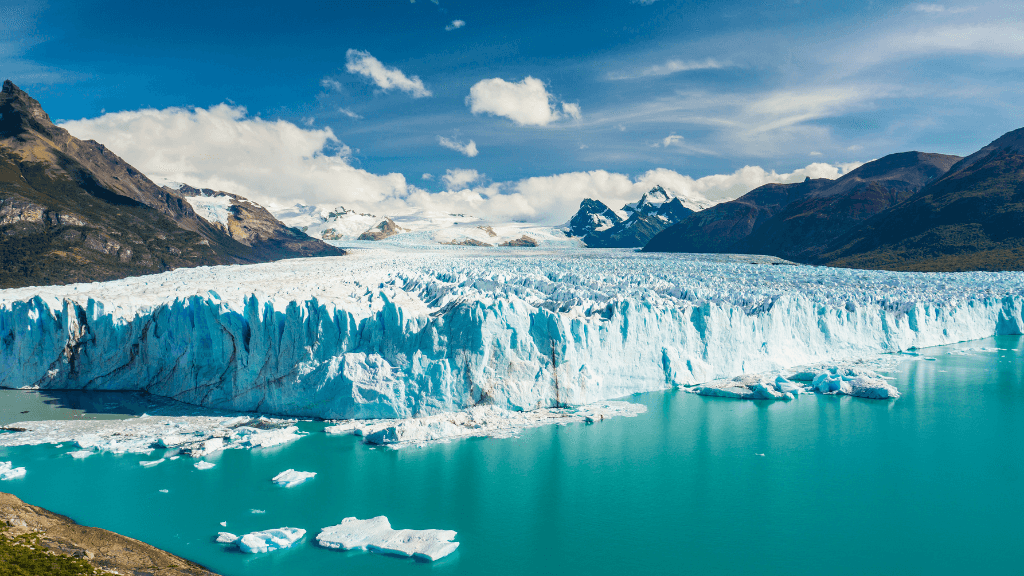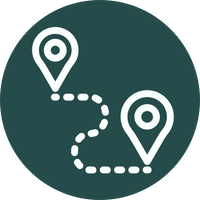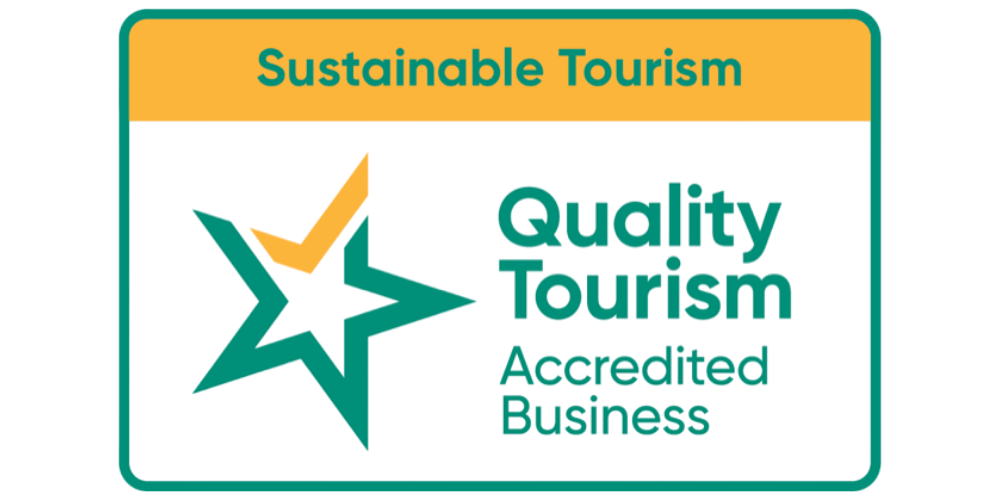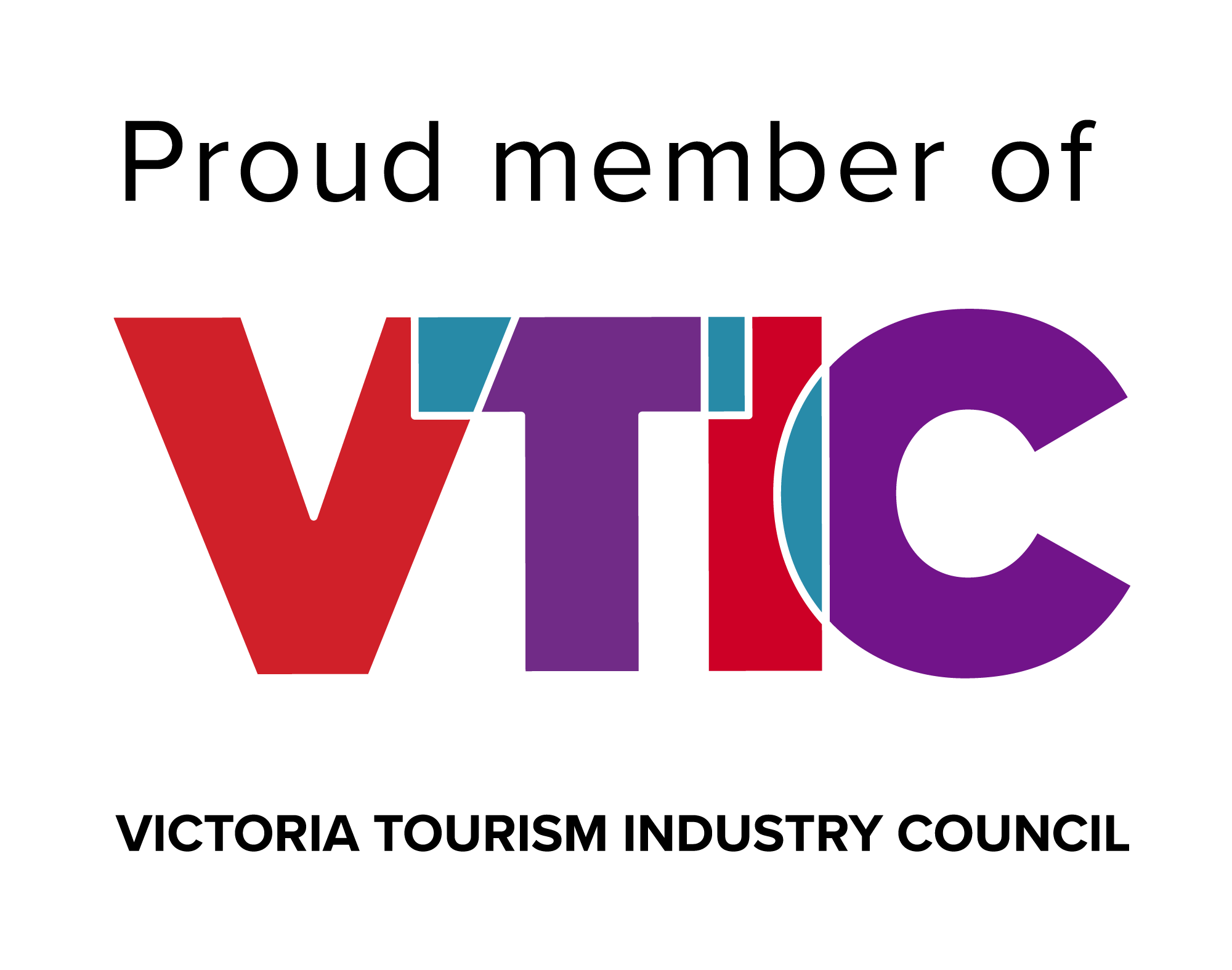Local Insights
Best season & daylight. Peak hiking runs Oct–Apr. Expect long daylight in Dec–Jan (great for big day walks) and calmer winds with golden foliage in Mar–Apr. Weather flips fast—windproof layers win the day.
Wind is a feature, not a bug. Gusts can be seriously strong in Torres del Paine and around Fitz Roy. Secure hats, use trekking poles on exposed sections, and keep cameras/phones on a wrist strap.
Border days = snack discipline. Chile ↔ Argentina crossings have strict biosecurity. No fresh fruit, veg, meat, or seeds in your daypack. Pack sealed snacks and declare if unsure.
Park rules protect the place. In Torres del Paine, camp only at authorised sites, no open fires, stick to marked trails, and carry out all rubbish. Drones are generally restricted in both national parks—permits are required and rarely granted.
Water & refill strategy. Tap water in gateway towns is generally safe, but always check locally. On trail days, start with at least 2 L and top up at known points only. A bottle with a simple filter is handy peace of mind.
Sun, glare, and glacier light. UV can bite even when it’s cool. Glacier viewpoints (Perito Moreno) add extra glare—pack sunglasses with good UV, SPF lip balm, and reapply sunscreen regularly.
Trail surfaces. Expect rocky paths, roots, occasional mud, and loose gravel on descents. Lightweight poles help knees and balance, especially in wind.
Wildlife etiquette. Guanaco, foxes, ñandú, condors—you’re in their home. No feeding, no approaching, and keep a respectful distance. Sightings are never guaranteed.
Cash & cards. Cards are widely accepted in towns; small cafés and kiosks may prefer cash. ATMs can charge fees—keep a small cash float in each currency (CLP/ARS) and a back-up card.
Dining rhythm. Dinner skews later on the Argentina side. If eating early, aim for simple parrillas, pizza, or casual spots that open before the evening rush.
Connectivity. Coverage is solid in towns but patchy in parks. Download offline maps, playlists, and any translations before leaving Wi-Fi.
Power & plugs. Expect two-pin European-style sockets in most places; carry a universal adapter and a power bank—charging can be limited on camping nights.
Language & courtesy. A few Spanish basics go far: hola (hello), por favor (please), gracias (thank you), baño (toilet). A friendly tone and patience smooth nearly any travel kink.
Altitude & exertion. Trails sit well below alpine altitudes—altitude sickness is unlikely. The challenge is wind + distance, not thin air. Pace accordingly and snack early/often.
Leave No Trace. Stay on track, pack out everything, respect quiet hours at camp, and give wildlife space. Patagonia thanks you with bigger, better views.
